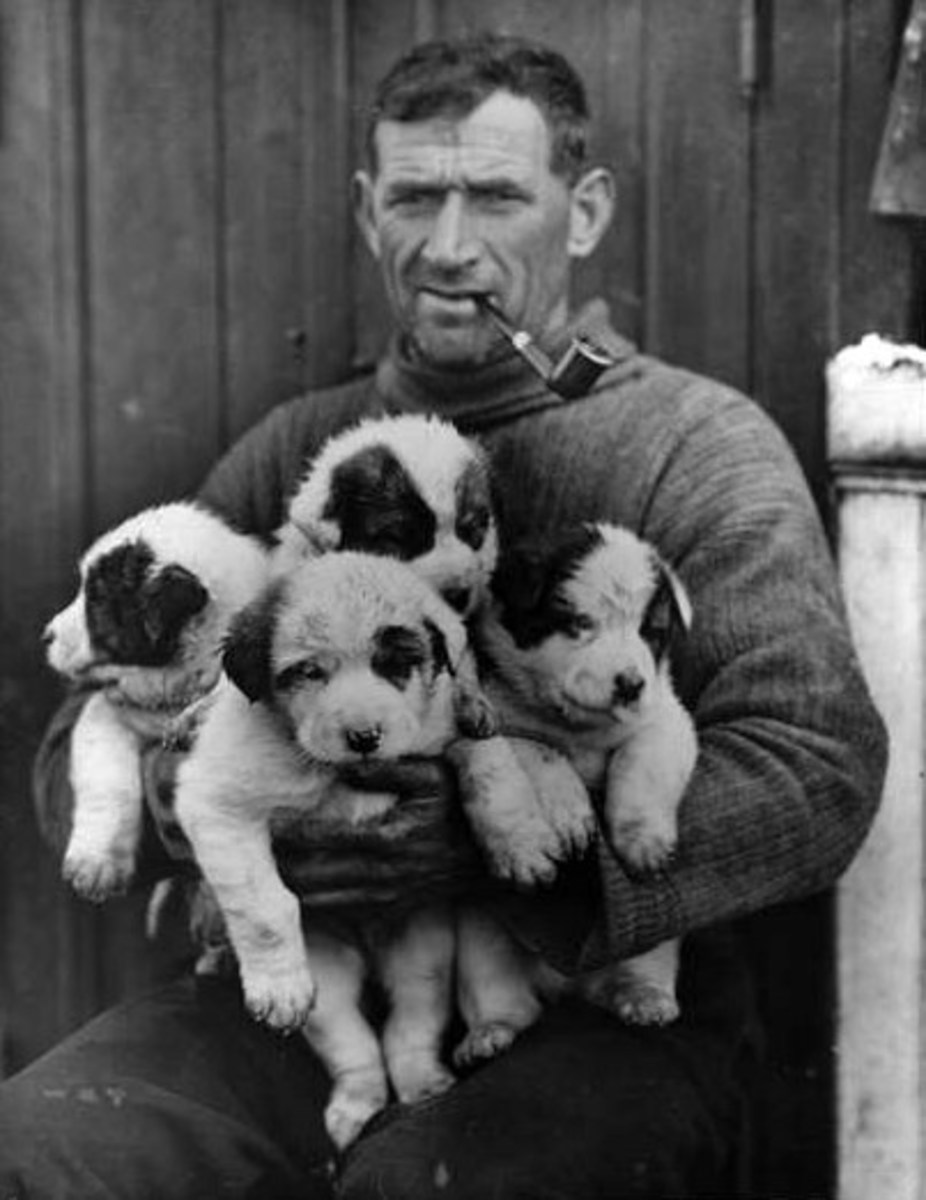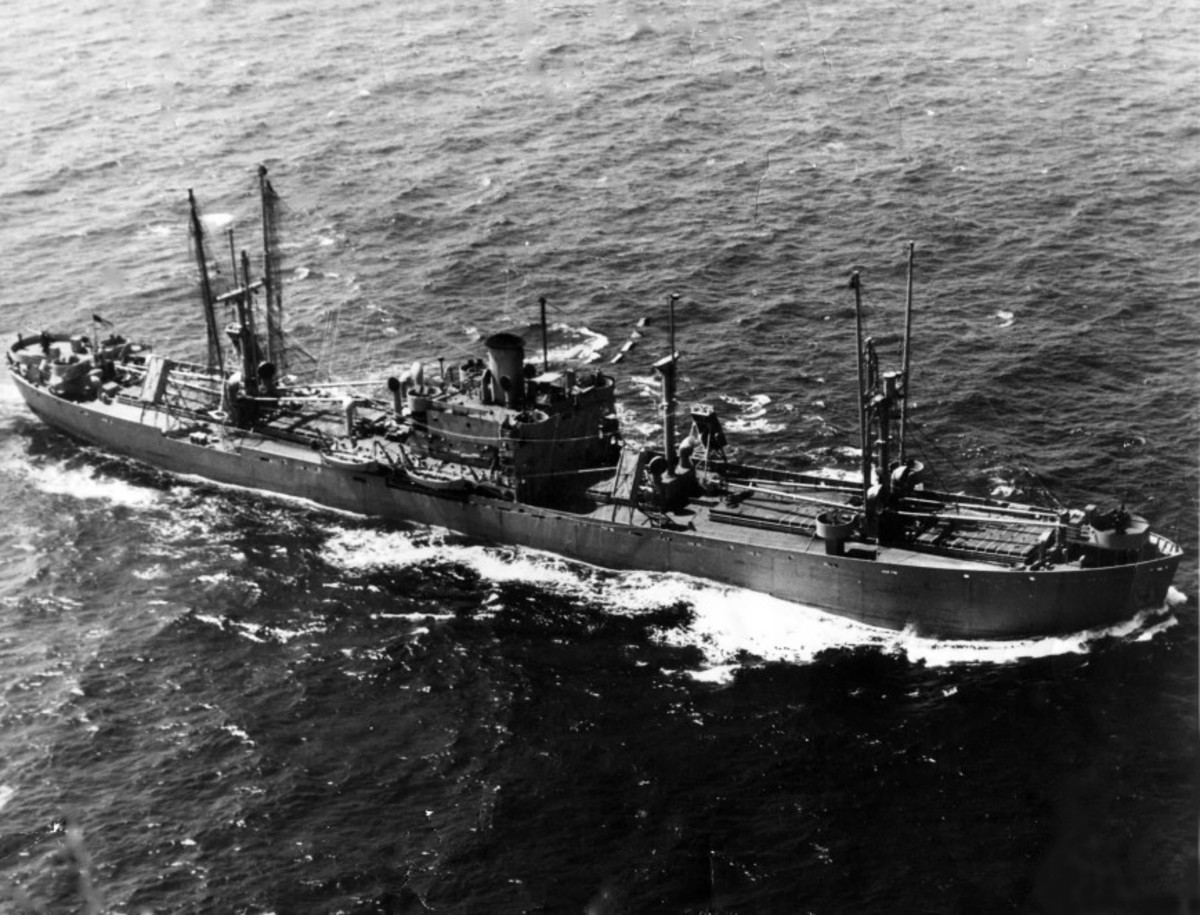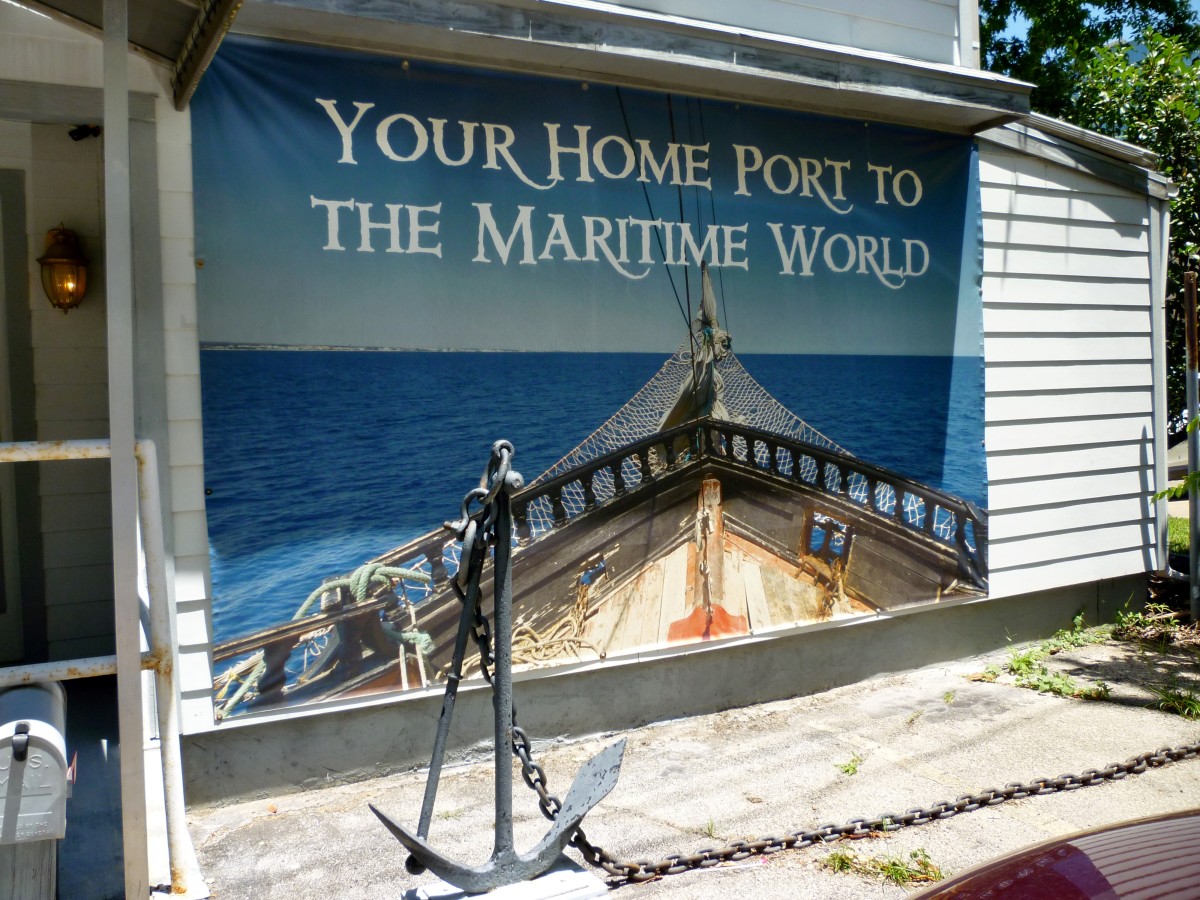Remarkable Stories: The Endurance - Shackleton's Antarctic Adventure Exhibit In Merseyside Maritime Museum
Endurance: Shackleton's Antarctic Adventure Exhibit At Merseyside Maritime Museum
The Endurance - Shackleton's Antarctic Adventure Exhibit at the Merseyside Museum is an exhibit that is part of the American Museum of Natural History's traveling exhibits. I personally saw this exhibit in the early 2000s at the University of Washington campus in Seattle and it was phenomenal.
I had also read the book The Endurance by Caroline Alexander, which gave me the perfect amount of knowledge needed to enhance the fabulous exhibit. The book is a treasure trove of information about the fated Antarctic expedition but mostly, it is unparalleled in its photography.
Likewise, the Endurance exhibition was one of the most beautiful exhibits I have ever seen simply because of the photography - courtesy of Frank Hurley, an Australian photographer who was a member of the crew aboard Endurance. As we walked through the exhibit, the book that I had read previously came to life in the images before me - so much so that I began to cry uncontrollably when I got to the images of the dogs!
This is a story about real men, real life, and an incredible journey they went on to explore the Antarctic. It is a marvelous story about facing the unexpected and then about overcoming all the odds when they seem stacked against you. Mostly, it is an unbelievable story about survival.
The Endurance Shackleton Exhibit is currently at the Merseyside Maritime Museum in Liverpool and will be there through January 3, 2011. I encourage you to see it if at all possible. It is free to the public. If you can't see it in person, I urge you to read the book The Endurance and to see some of the videos that are available as well. It is a great story of man's battle against the elements!
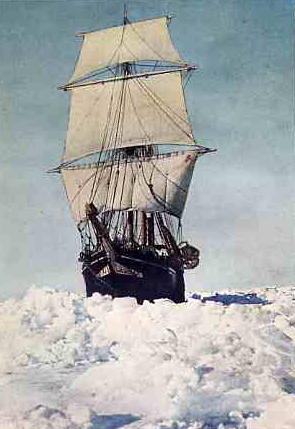
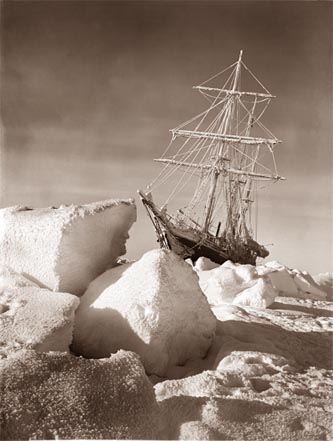
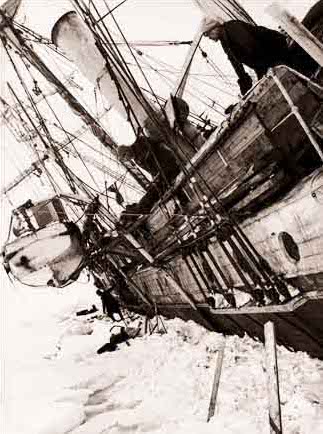
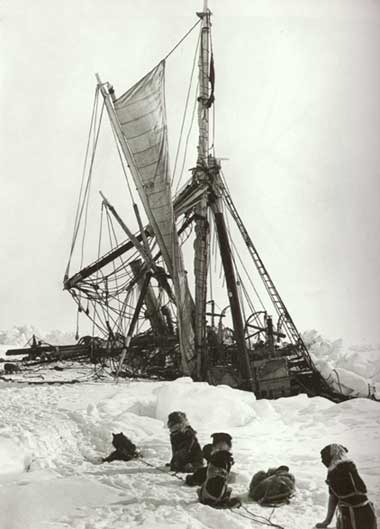
The Story of The Endurance - Sir Ernest Shackleton's Antarctica Adventure
On August 1, 1914, the ship the Endurance left London on what was to be the Imperial Trans-Antarctic Expedition, led by Sir Ernest Shackleton who was an English-Irish explorer. He had served before on other expeditions but had never led his own expedition. The ship left England and met up with Shackleton in Buenos Aires on October 26, 1914 after a difficult trip across the Atlantic taking more than 2 months. It was said the ship's hull was too rounded for the open ocean.
Ironically, the ship was originally named Polaris, but Ernest Shackleton renamed her for this trip - Endurance from his family motto "by endurance we conquer". Truer words, as it turns out, were never spoken!
In Buenos Aires, the ship put in for supplies and here, Shackleton and the rest of the crew boarded. They set sail for the Antarctic. The expedition was to be the ultimate Antarctic journey - crossing the continent from sea to sea via the South Pole. The crew consisted of 27 men, Shackleton and 1 stowaway who was later discovered too far into the journey to be let off the ship. Among these men were several veteran explorers, a chef, a surgeon, and a photographer, Frank Hurley of Australia. They also had on board roughly 69 sledge dogs - dogs of no particular breed but just large, pulling dogs - and 3 lifeboats.
The ship arrived at the whaling station of Grytviken on South Georgia Island on November 5, 1914 - the last output of civilization before they sailed on to the Antarctic, towards the southern regions of the Weddell Sea. However, at the recommendation of one of the island's administrators, the crew stayed on at Grytviken for a full month, waiting for the austral summer anticipating less trouble with the ice pack. The ship and crew departed for the Antarctic on December 5, 1914.
On December 7, 1914, only 2 days out of South Georgia, Endurance ran into polar pack ice which made progress impossible. They literally crawled along day by day, averaging less than 30 miles per day. A month plus later, on January 15, 1915, Endurance was within 200 miles of her destination, which was Vahsel Bay.
By January 16, 1915, heavy pack ice was noted and after that came severe winds. No progress was able to be made in these conditions and the ship sought shelter in the form of a large iceberg. For 2 days, Endurance dodged the ice pack and the winds, being protected by the iceberg.
On January 18, 1915, Endurance was able to set sail again with topsails flying and the engine at a slow speed. However, the ice pack was encountered once again. Shackleton decided to try to forge ahead breaking up the ice - and the ship entered the ice pack at 5:00 p.m. on January 18, 1915.
However, as the wind blew harshly from the north for another 6 days, the ice solidified and virtually turned to a stone mass. By January 24, 1915, the whole of Weddell Sea was compressed into solid ice stretching to land - and all around the Endurance, virtually trapping her in a sea of hard pack ice. Thinking they only need wait for a southerly wind to return the ice pack to mushy, soft ice floes, they waited it out - but to no avail. The ice remained unchanged.
By February 21, 1915, Endurance had drifted to its southernmost point where she remained. After many months of shifts in the ice pack, where the boat was lifted and pushed sideways, then splitting, causing the ship to take on water as it splintered in places from the pressure, on October 27, 1915, Shackleton ordered the crew to abandon ship.
By October 28, 1915, the crew had salvaged what they could as it became evident that Endurance would not survive the pressure of the ice pack. Shackleton ordered every man to dump all but 2 pounds of personal possessions. The only exceptions were Frank Hurley's photographs and movies and one other crew member's banjo.
On November 1, 1915, the crew established their camp on the ice floe - named Ocean Camp. They salvaged as much as they could from the ship and tried to make the best of an unbelievably terrible situation - drifting at sea on an ice floe.
On November 8, 1915, Frank Hurley returned to the ship to retrieve glass plates of his photographs. Together with Shackleton, they picked 120 and smashed the remaining 400 or so - for fear that Hurley might return to try to salvage them and lose his life in so doing. He hermetically sealed the ones he kept and they stand today as the best documentation of one of the greatest stories ever told.
The crew continued their existence on the ice floe along with the dogs, 3 lifeboats and their makeshift camp until November 21, 1915 when Endurance sinks beneath the ice and is gone forever.
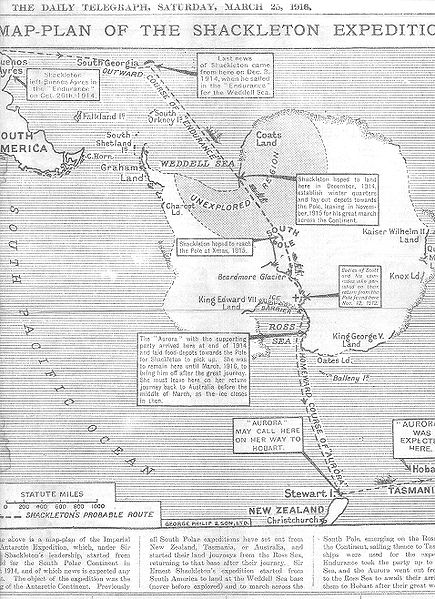
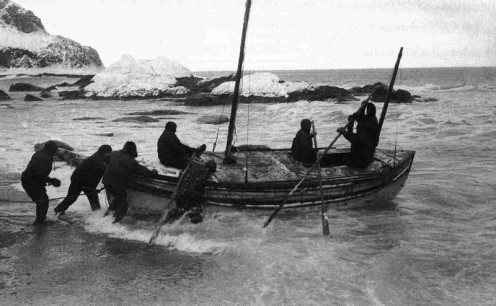
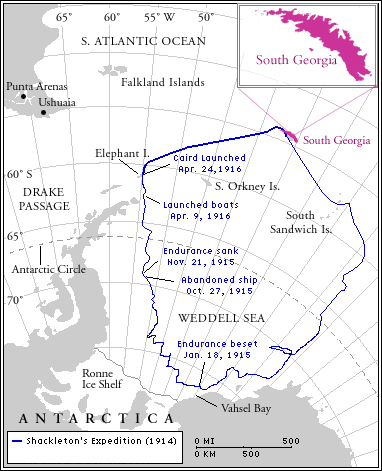
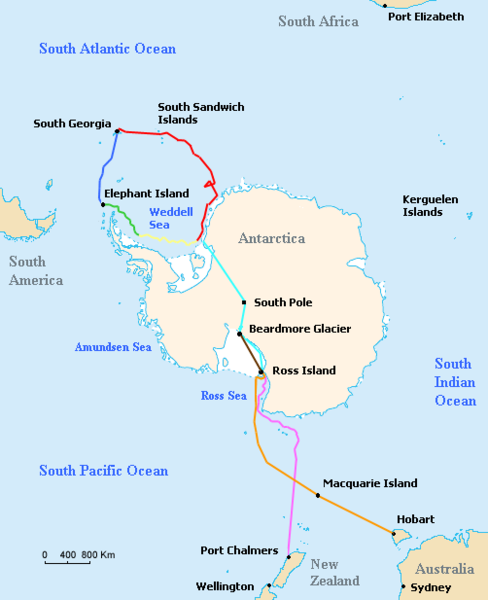
Life on the Ice
The crew originally had started to try and march off the ice floe at the end of October, 1915 but found that it was impossible going. Shackleton made the decision to stay put on the ice floe and hoped to drift north to get closer to land. In this attempt, they had barely gone 2 miles. Having retrieved as much as possible from the ship before she sank, the men stayed at Ocean Camp until December 23, 1915.
Shackleton then ordered a second march across the ice but by December 29, 1915, unable to reach the safety of land, they established another camp - this time called Patience Camp hoping again to drift north on the ice floe to safety.
The crew remained at Patience Camp until April 8, 1916 at which time the ice floe suddenly split and the camp was now on a triangular raft of ice. This was obviously not a good sign as if the ice broke further, all would be lost so on April 9, 1916, the lifeboats were launched.
I have to interject here that there are many more details to the story of this crew's survival. At one point, it became impossible to feed the dogs (and the 1 ship's cat) and they were unfortunately sacrificed. (This is what made me leave the exhibit crying until I could compose myself again).
The dogs and the cat were very much a part of the crew's lives. They had even had a litter of puppies aboard the ship and were great favorites of most of the crew members. It became, however, a matter of survival. The men were having a hard time finding enough seals and penguins to survive on. The dogs became sick and were dying of hunger as well. It was just a tragedy that was unavoidable and most of the men reportedly never got over that fact.
Resuming the story of this fated journey, the 3 lifeboats were launched and though separated for a time on April 16, 1916, all 3 lifeboats landed on a remote, uninhabited island far from the shipping lanes called Elephant Island.
This was the first time the crew has been on solid ground in 497 days.
It was decided that a party would be launched in a lifeboat to try and get help, leaving most of the men behind on Elephant Island. Several of the crew had become sick. The young man who had been a stowaway had developed frostbite and had gangrene of his toes (he would later have them amputated by the surgeon while on Elephant Island). Food supplies and morale were at an all-time low and one of the men suffered from severe depression.
Shackleton decided on 5 men plus himself to sail in the lifeboat James Caird (named after one of the journey's benefactors). They took supplies to only last 4 weeks, knowing if they did not reach land in that period of time, the boat would be lost most likely anyway. On April 24, 1916, Shackleton and his 5 crew members left the remaining 22 men on Elephant Island and sailed to get help.
On May 10, 1916, after a horrific ride through the worst waves Shackleton had seen in his 26 years at sea, freezing wind of hurricane force and icy water, and after more than 2 weeks at sea that pushed the party to their physical limits, the party landed at King Haakon Bay on South Georgia. However, the side they landed on was uninhabited. It was the south coast and they needed to be on the north coast.
Without a map, and choosing the route mostly by visually guessing which would be the quickest route, 3 of the men set out on foot to cross the island. They arrived at Stromness whaling station on May 20, 1916. One of the men sailed back to the south side of the island to pick up the other 3 men left behind.
On May 23, 1916, unable to wait any longer for help, Shackleton borrows a ship called the Southern Sky and sails to Elephant Island to rescue the other men. However, ice pack prevents the ship from getting through and the ship has to return to South Georgia.
Two subsequent attempts were made to try and rescue the men from Elephant Island - one in June 1916 and one in July 1916 - both stopped by pack ice.
On August 25, 1916, Shackleton again departs from South Georgia on the ship Yelcho and on August 30, 1916, he finally rescued the remaining 22 men on Elephant Island.
More than 3 months after Shackleton left Elephant Island, he was able to return and rescue his men.
Epilogue on Endurance - Shackleton's Antarctic Adventure
This story truly moved me and has always been one of my favorite to tell people if they haven't heard it. Explorers were amazing people who seemed to thrive on adversity. However, the Shackleton Antarctic Adventure aboard Endurance certainly went far and beyond in so many ways and is aptly and ironically named The Endurance.
The fact that the entire crew survived against such horrible odds is what strikes me as the most remarkable part of this whole story. The fact that even on saving themselves from the sinking, ice-surrounded ship they found themselves afloat on an ice raft was unbelievable. To have survived that and gotten the entire crew to land at Elephant Island was astounding.
Then to set sail to attempt a rescue mission with 6 of the crew and encounter the worst seas imaginable - yet to survive and end up on the shore of an island is awe-inspiring. And after all that, to think they might catch a break but didn't, having to hike across the island for days to get help is further phenomenal. Last but not least, to attempt FOUR rescues of the stranded men spanning 3 months and finally finding them all alive - incredible!
Sir Ernest Shackleton did return to the Antarctic in 1921. It was the Shackleton-Rowett Expedition and they were going to carry out scientific and survey activities. Before he could begin his work there, though, he died of a heart attack on his ship, Quest , which was moored at South Georgia. He was buried there at his wife's request.
If you want to experience a truly inspiring journey and see some unbelievable photography, go to the Shackleton Exhibit at the Merseyside Maritime Museum. It was one of the best exhibits I have ever seen.
If you can't go to see the exhibit in person (I'm not positive but it may travel some place else), read the book The Endurance by Caroline Alexander or any of the fine books out there about this inspirational journey. There are many videos and programs about this adventure as well - it is well worth the read or the viewing!
It is not often that there are happy endings to a story of this kind and I personally found these men most remarkable in their efforts to keep on the 'high side of life' no matter what befell them. The book is full of the many ways that they amused themselves and the strong work ethic and mental fortitude that most of them displayed to get them through this treacherous piece of history. These men truly were remarkable and hope you will find the story as compelling as I have.
See Other Parts on Youtube
More Hubs About Antarctica and Shackleton
- Antarctica tours
If you have the time and money, you can celebrate new years eve in an Airbus A380 flying over the south pole. A company called Antarctica flights is chartering a Quantas Airbus A380 for an Antarctica tour... - SOUTH AMERICA, OCEANIA, PACIFIC, ANTARCTICA: Top 10 ...
Ischigualasto Provincial Park, San Juan, ArgentinaArgentina Bolivia Brazil Chile Colombia Ecuador French Guiana Guyana Paraguay Peru Suriname Uruguay Venezuela See also: NORTH AMERICA -... - A TRAVEL ACROSS THE ICE. The Shakleton expedition to...
- Antarctica Facts
A commonly known fact about Antarctica is that it is the coldest and windiest of all continents.A lesser know fact about Antarctica is that it is the driest of all continents. In some places like the Dry... - A visit to the bottom of the world - Antarctica
I have always been fascinated with the - Little America, Antarctica
The seventh continent, Antarctica, was once called Terra Australis Incognita or the Unknown Southern Land. It's only been a little over 100 years since human beings occupied it in 1899. Antarctica is a cold... - Antarctica Facts
The word Antarctica is taken from the Greek word 'Antarktik' which means opposite to the North. Antarctica is the only continent in the world which doesn't have permanent residents but scientists and... - Amazing Antarctica!
Antarctica lies under Australia, which makes it the 'land under the land down under'. How does one describe the coldest, southern-most continent in the world, that boasts no indigenous human population in... - Antarctic Exploration - the Best Books on Exploring ...
Scott is the quintessential tragic hero from the great Victorian era of exploration, dying along with his team only 11 miles from safety after a journey of almost intolerable suffering and endurance. ... - The Most Amazing Survival Story Ever
This is a survival story, about Ernest Shackleton and the Antarctic expedition he and his crew took on the Endurance. The plan was to sail to Antarctica, and cross the continent with sled dogs, it had never...





